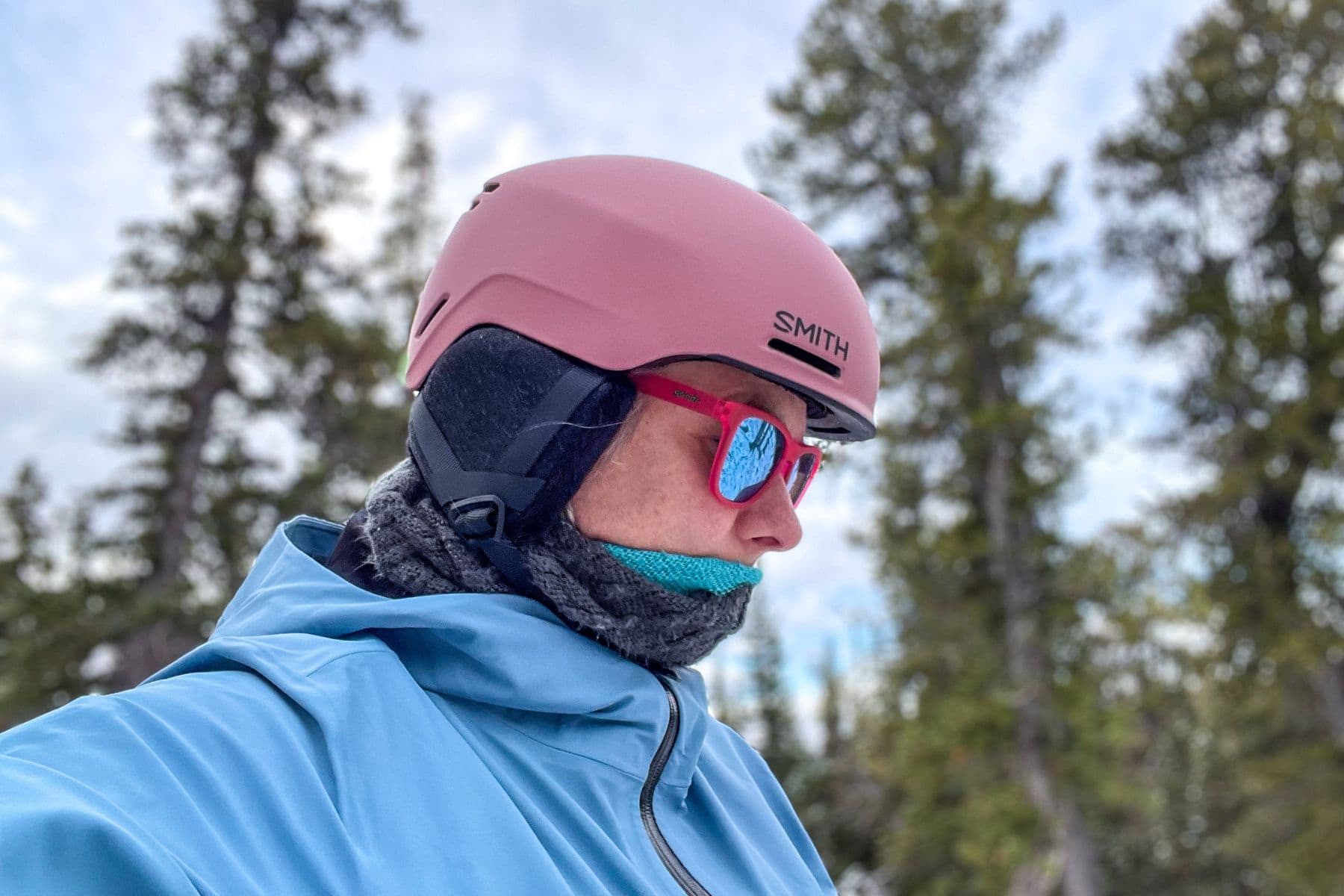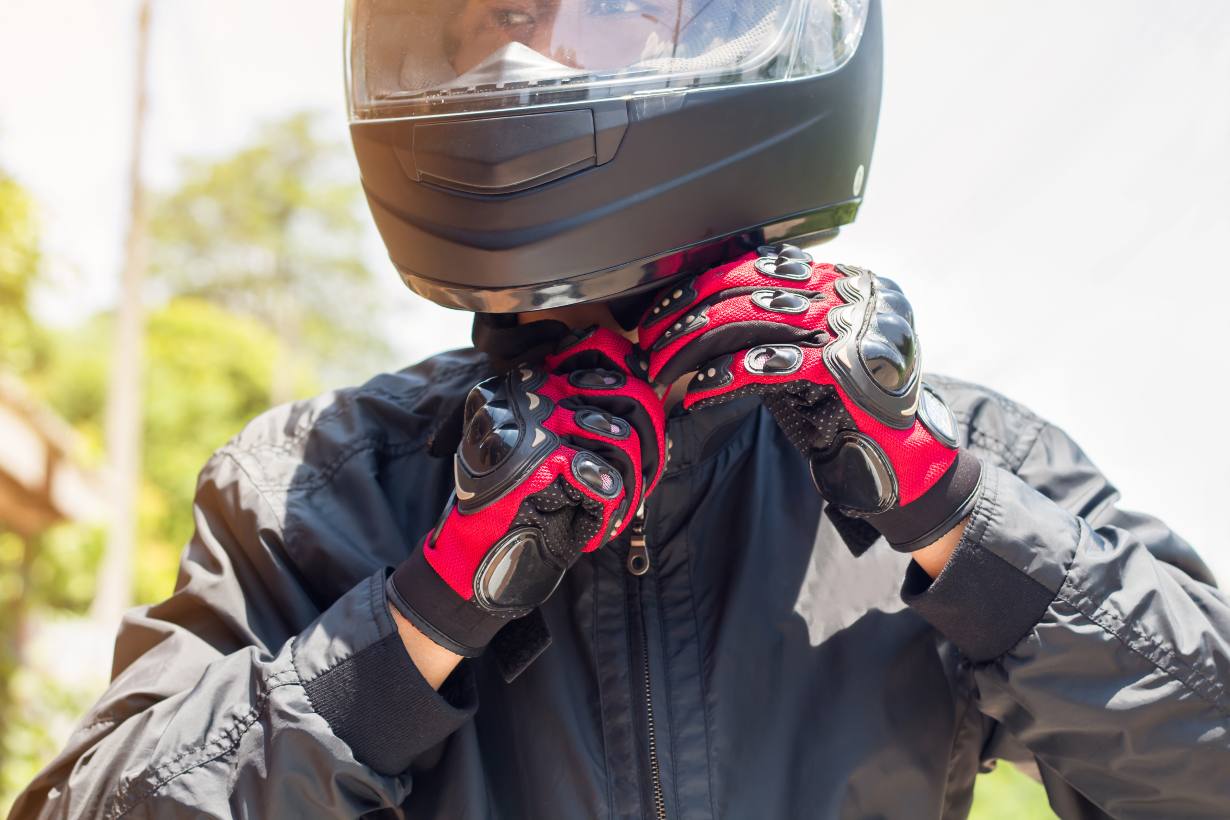For motorcyclists who want flexibility and safety, modular helmets offer the perfect solution. Combining the full-face helmet’s protection with the open-face helmet’s versatility, modular helmets, also known as flip-up helmets, allow riders to easily switch between face coverage options.
Ideal for touring, commuting, and long-distance riding, modular helmets offer the convenience of flipping up the chin bar for fresh air, while still providing robust protection.
In this article, we explore the benefits, key features, safety considerations, and how to select the best modular helmet.
1. What is a Modular Motorcycle Helmet?
- Definition and Design: A modular helmet, or flip-up helmet, has a movable chin bar that allows the helmet to transform from a full-face design to an open-face style by lifting the chin guard.
- Structure and Components: Includes a hard outer shell, chin bar mechanism, visor, inner padding, and chin strap. Each component is designed to ensure both safety and ease of use.
2. Benefits of Modular Helmets
- Versatility in Riding Styles: Easily switch between full-face and open-face modes, perfect for various riding conditions and environments.
- Convenient Face Access: The flip-up feature is ideal for quick stops, conversations, or getting fresh air without removing the helmet.
- Improved Ventilation: The ability to lift the chin guard provides better ventilation, especially on hot days or during long rides.
- Added Features for Touring: Many modular helmets come equipped with sun visors, Bluetooth compatibility, and other amenities that enhance the touring experience.
3. Safety Considerations for Modular Helmets
- Safety Standards and Certifications: Look for certifications like DOT, ECE, and Snell, although some modular helmets may not be Snell-certified due to the movable chin bar.
- Impact Protection and Durability: While modular helmets provide solid protection, they may not be as impact-resistant as dedicated full-face helmets, especially around the chin bar.
- Locking Mechanism Quality: A robust locking mechanism is essential for stability and safety during full-face mode.
- Weight and Neck Support: Modular helmets are generally heavier due to the hinge system, which can cause neck strain on long rides if not properly fitted.
4. Key Features to Look for in a Modular Helmet
- Comfortable Fit and Padding: Adjustable, removable, and moisture-wicking padding enhances comfort and hygiene.
- High-Quality Visor: Look for an anti-fog, scratch-resistant visor with UV protection, as well as a sun visor if possible.
- Ventilation System: Good airflow and well-positioned vents prevent overheating.
- Noise Reduction: Some modular helmets come with noise-reduction features, crucial for long-distance rides.
- Bluetooth and Communication System Compatibility: Many modular helmets are designed to work with Bluetooth devices for hands-free communication.
- Flip-Up Mechanism: Ensure the chin bar mechanism is easy to operate and securely locks in both open and closed positions.
5. How to Choose the Right Modular Helmet
- Identify Your Riding Needs: Consider if you’re using it mainly for commuting, touring, or off-road trips, as some models cater more to specific riding styles.
- Size and Fit: Accurate head measurements and fitting are crucial for safety and comfort.
- Weight Preferences: Try to select a lighter helmet if possible, as modular designs tend to be on the heavier side.
- Budget and Features: Modular helmets come in a wide range of prices. Decide on essential features and consider which ones offer the best value for your budget.
6. Popular Modular Helmet Brands and Models
- Top Brands: Shoei, HJC, Scorpion, Bell, and AGV are renowned for producing high-quality modular helmets.
- Model Comparison: Highlight some popular models across different price points, focusing on features like weight, visor type, comfort padding, and overall build quality.
7. Maintenance and Care Tips
- Cleaning the Helmet and Flip Mechanism: Tips on cleaning the exterior, visor, and inner padding without damaging the locking mechanism.
- Lubricating the Hinges: Regularly lubricating the flip-up mechanism ensures smooth operation.
- When to Replace: As with any helmet, modular helmets should be replaced every 3-5 years or after any significant impact.
8. Frequently Asked Questions (FAQs)
- Is a modular helmet safe at high speeds?
- How do I prevent fogging on a modular helmet visor?
- Can I ride with the chin bar up?
- Are modular helmets legal for all types of riding?
- What’s the difference between modular and dual-sport helmets?
Conclusion
Modular helmets combine safety, convenience, and versatility, making them ideal for riders who need flexibility in various riding conditions.
With a range of features designed for comfort and convenience, modular helmets are particularly well-suited for touring and commuting.
By choosing a helmet that fits well, meets safety standards, and includes the features you need, you can enjoy the benefits of a helmet that adapts to every situation on the road.








